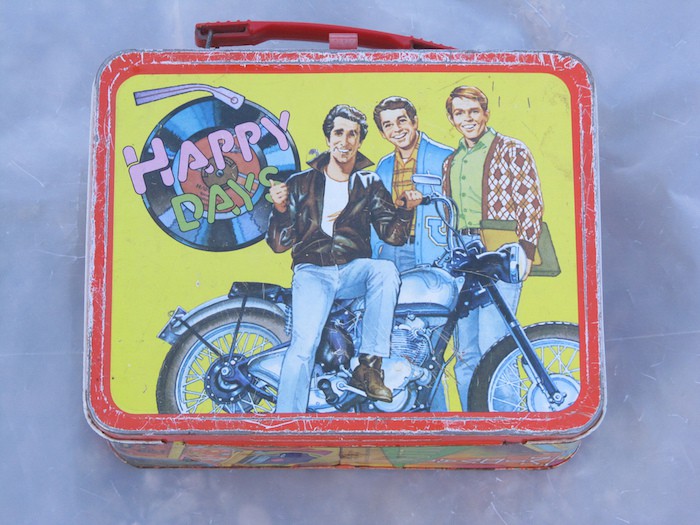
Twelve Thirty Six, “Toronto’s new lunchtime tabloid,” has decided on — you guessed it — 12:36 p.m.
That is, of course, lunchtime, when a lot of people are taking a break anyway, but Twelve Thirty Six editor Marc Weisblott (the former news editor of Canada.com) also thinks that time represents a natural ebb in the news flow, thus making it a good opportunity to catch people up. A lot of chatter and online activity surrounding the news happen either early in the morning, before 9 a.m., or at night between 10 p.m. and midnight. “By putting something together in the mid-to-late morning for distribution around noon, I’m getting the best of the clock,” he argues.
Twelve Thirty Six launched over the summer as a new product from St. Joseph Communications, which also owns Toronto Life magazine and Torontoist, among other media properties. A newsletter, Weisblott said, was “a way to cover Toronto hyperlocal news that would be able to exploit [St. Joseph’s resources] without stepping on anybody’s toes.” The newsletter is promoted on Toronto Life’s site and Torontoist, and St. Joseph has also taken out Facebook posts and Twitter ads.The idea of sending out a newsletter after the morning news rush isn’t a new idea: Publishers Lunch, for instance, comes out around 11 a.m. with the idea that people in the book publishing industry could discuss it over lunch. The timing is working well so far, Weisblott said: Around 80 percent of the newsletter’s readership comes within 40 minutes of when it’s sent out, he says, and the open rate is around 60 percent.
On the other hand, Weisblott acknowledged, it’s possible that people don’t actually care too much about the time of day they get their news. On Wednesday, for instance, a MailChimp glitch led to Twelve Thirty Six arriving in people’s inboxes about three hours late — but he saw only around a 5 percent decline in the average open rate.He also pointed to Postmedia’s recent shuttering of its evening tablet edition as evidence that perhaps we don’t need to overthink timing too much. “When I worked there, I was suspicious of their data that said an audience wanted a 6 p.m. iPad magazine, because it fit a little too perfectly with office hours,” he said. “But is 6 a.m. a better time? It’s a very Canadian dilemma now, unfortunately.”